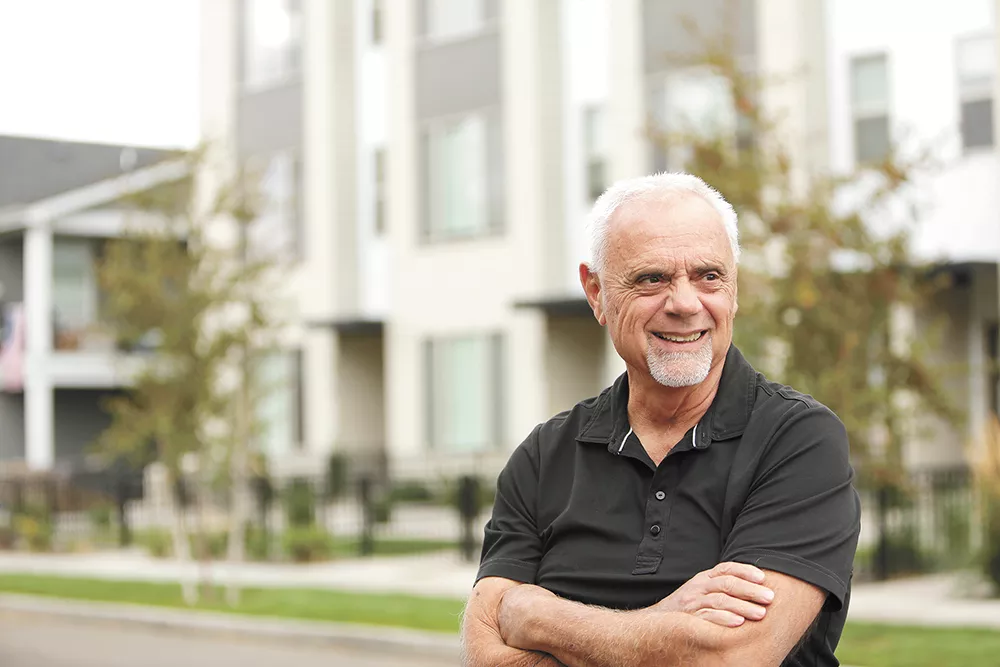Being in a forced lockdown due to the coronavirus pandemic has changed our patterns of living. We work more from home, talk with friends and family on Zoom, enjoy walking on roads that are quiet and birdsong loud. We have time to think.
One day on my playlist, Nina Simone's song "Backlash Blues" came on.
"Mr. Backlash, Mr. Backlash
Just who do you think I am
You raise my taxes, freeze my wages
And send my son to Vietnam
"You give me second class houses
And second class schools
Do you think that all colored folks
Are just second class fools?"
Hearing those words made me realize that not much has changed since 1967 when these lyrics were written. Perhaps we all should use the current crisis to rethink the sort of future we want for our region. Is picking up where we left off and scrambling back to the way we were actually the future we want?
Simone's reference to "second class houses and second class schools" struck a chord with me. I have been in the business of building homes and communities for more than 30 years. Racism and economic inequality have long been built into our institutions and regulations, and nowhere is that more true than in housing.
This has been a long walk... decades in the making. We fund affordable housing projects and then locate them in low-income neighborhoods. State regulations prevent affordable condominiums from being constructed, thereby reducing the opportunity for families to enter homeownership. Local zoning regulations prevent the integration of housing types (townhomes, small cottages and condominiums) from being built in all neighborhoods. The American dream of owning a home is becoming more and more unattainable. Housing is separated by economics and race, and rather than having economically and racially diverse neighborhoods, we have segregation. Just look at the difference in opportunity between neighborhoods in our city. This segregation is driven by housing regulations and policy rather than mortgage "redlining," but the effect is the same.
How we regulate housing and build neighborhoods has to change. Regardless of the color of their skin or economic status, families need to be welcomed into all of our neighborhoods. Families have the right to choose where they live and want neighborhoods that provide opportunity. The barriers to affordable housing and economically diverse neighborhoods need to be removed. While these barriers are complex, here is a short list of places we can start:
Ask your state legislators to support Condominium Act reform that exempts small infill projects and to remove the requirement to meet Evergreen Standards that are imposed only on affordable housing.
Ask the city of Spokane to adopt changes to development regulations submitted by housing advocates and endorsed by the Low Income Housing Consortium.
Endorse the extension of the West Quadrant Tax Increment Financing District in West Central that will make funds available for public infrastructure and permanent home ownership affordable housing.
Ask the city to extend the Multifamily Tax program to high opportunity neighborhoods.
Let's use this giant interruption in our lives to figure out the future that we want. Foremost in our planning should be the ability to look after our most vulnerable and those impacted by inequality. Attainable housing is where we need to start. ♦
Jim Frank is the founder of Greenstone Corporation, the developer of Kendall Yards and an advocate for affordable housing with 30 years of experience in dealing with housing issues and working with nonprofit providers.

